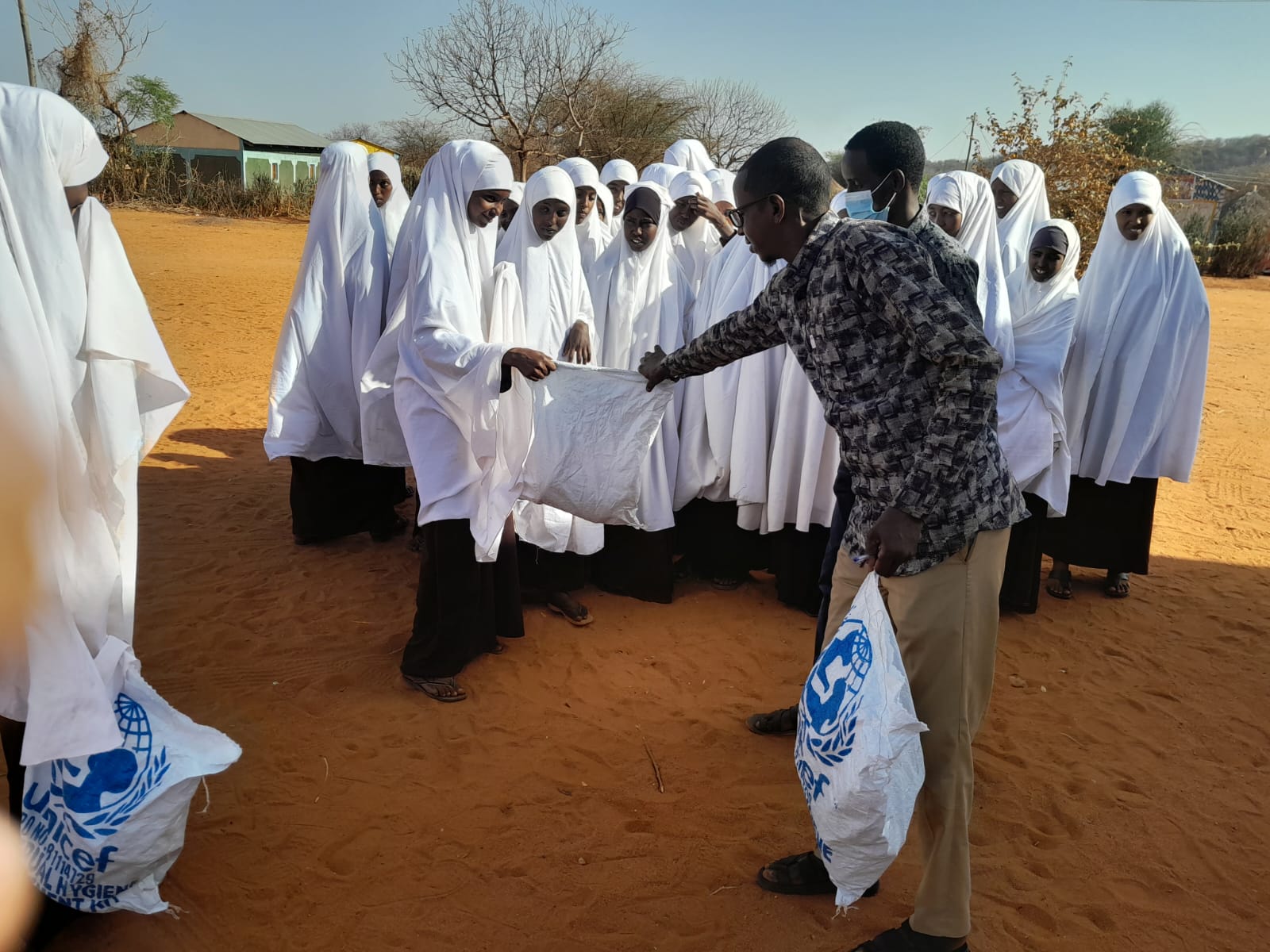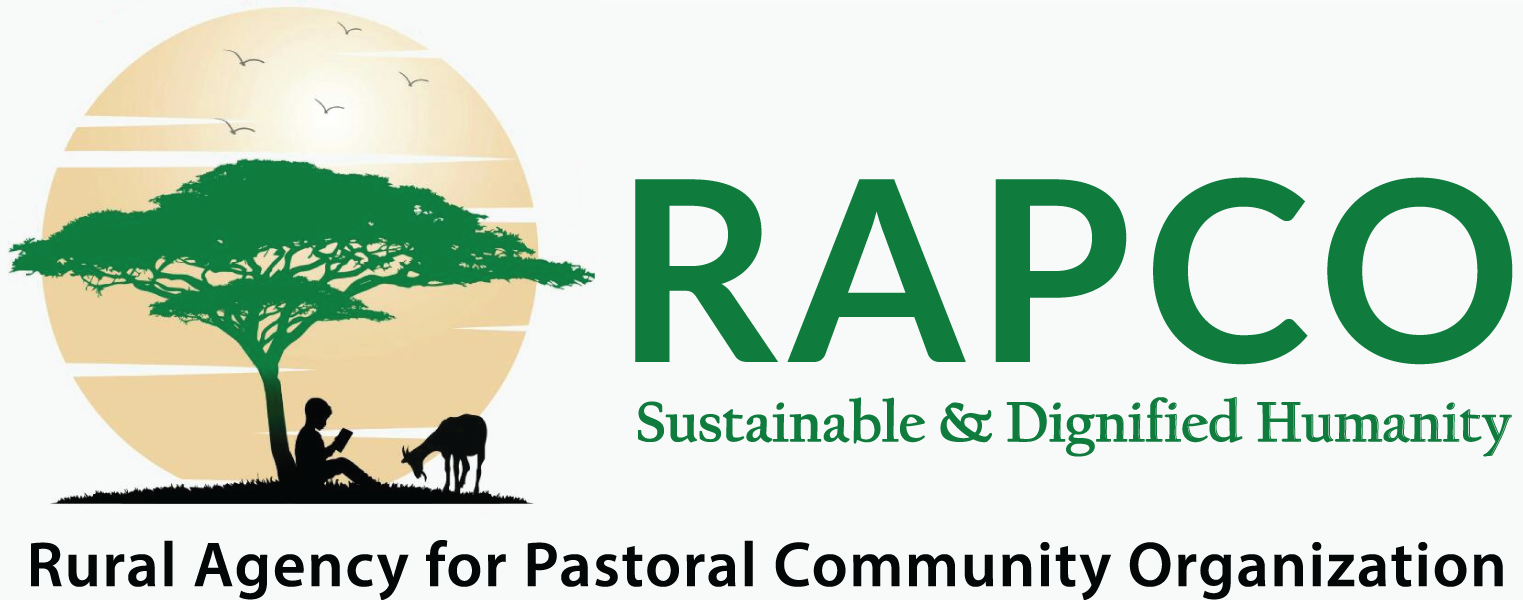- (+254) 710 326 267
- info@rapcokenya.org
- Isiolo Town behind iwasco Along world vision road
Our Approach
Many children around the world remain disadvantaged in their school experiences either through inadequate teaching materials, lack of sanitation facilities, and lack of food, discrimination, harassment and even violence. These conditions are not conducive to learning or development, and no child should have to experience them. For young girls, education is both an intrinsic right and a critical lever to reaching other development objectives. Providing girls with an education helps break the cycle of poverty; educated women are less likely to marry early and against their will, less likely to die in childbirth, more likely to have healthy babies, and are more likely to send their children to school.

When all children have access to a quality education rooted in human rights and gender equality, it creates a ripple effect of opportunity that influences generations to come.
Our education program is geared towards addressing the high rate of dropouts for school going children in our target communities. We develop school infrastructure by building classrooms as well as well install solar pumps in water storage tanks to preserve water
Recognizing the disparities in education for boys and girls in rural agro-pastoral communities, we work to sensitize locals on the benefits of educating girls, raise awareness on the harmful effects of cultural practices such Female Genital Mutilation (FGM), and distribute sanitary towels to combat absenteeism and transition.
Facts
- 263 million children, adolescents and youth worldwide (or one in every five) are out school – a figure that has barely changed over the past five years.
- 1 in 10 girls in Sub-Saharan Africa miss school during their menstrual cycle. By some estimates, this equals as much as twenty percent of a given school year.
- Across sub-Saharan Africa one in every three children, adolescents and youth are out of school – with girls more likely to be excluded than boys (UNESCO Institute for Statistics
- More than 25 million children between 6 and 15 years old, or 22 per cent of children in that age group, are missing out on school in conflict zones across 22 countries


Contact Information
Phone Number
(+254) 710 326 267
Office Location
Isiolo Town, Behind Iwasco along world vision Road
Email Address
info@rapcokenya.org
Copyright 2024 Rural Agency For Pastoral Community Organization | Developed by Breax Technologies Limited
